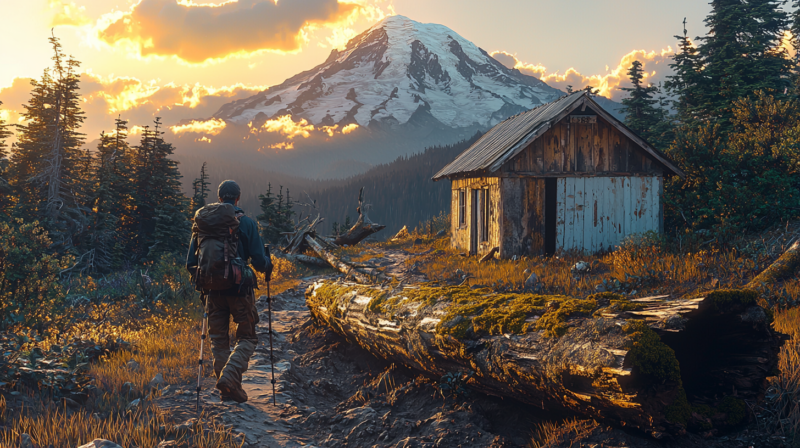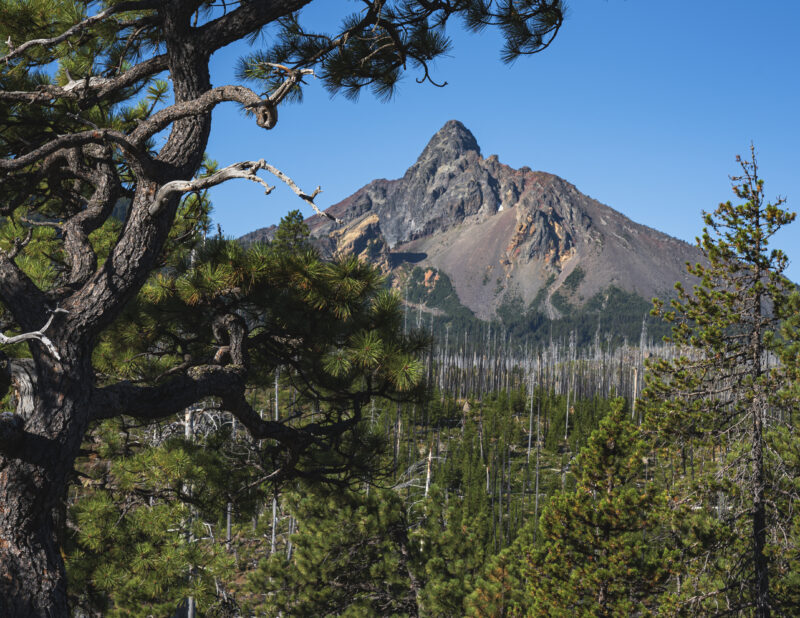Mastering backcountry water purification isn’t just about survival—it’s your gateway to confident outdoor adventure. Whether you’re backpacking remote trails or planning a day hike, this comprehensive guide covers everything from choosing the best water filters to preventing waterborne illness in the wilderness.
Essential Water Safety for Outdoor Adventures: Your Complete Guide
Before diving into water purification methods and wilderness water sources, let’s master your outdoor hydration requirements:
Trail Hydration Requirements: Your Essential Formula
Your backcountry water needs vary based on several critical factors:
- Moderate hiking terrain: 0.5 liters per hour of activity
- High-intensity backpacking: Up to 1 liter hourly
- Alpine hiking conditions: Add 25% for altitude adaptation
- Winter backpacking: Maintain summer intake levels
Pro Tip: Check your hydration status through urine color—pale yellow signals proper hydration for hiking and backpacking activities.
The Smart Hiker’s Water Strategy
Optimize your wilderness water strategy:
- Pre-Hike Hydration: Drink 0.5-1 liter of water before hitting the trail to start hydrated.
- Carry Enough: Pack 1 liter per 2 hiking hours, with extra for unexpected delays.
- Plan Ahead: Use maps or apps to identify reliable water sources along your route.
- Be Prepared: Always carry backup purification methods like tablets or a compact filter.
Finding Water in the Wild: Nature’s Hidden Sources
Knowing where and how to find water in the wilderness is key to staying hydrated and safe. Here’s a breakdown of reliable sources:
Natural Springs (Safest Choice)
- Look for groundwater emerging from rock walls or soil.
- Springs are often marked on topographic maps.
- Minimal purification is typically required.
Streams and Rivers
- Opt for fast-flowing water over stagnant pools.
- Collect water upstream, away from human activity or animal waste.
- Focus on oxygenated rapids for better water quality.
Lakes and Ponds
- Select deeper water, away from shorelines and algae.
- Use only when moving water is unavailable, as these sources carry higher contamination risks.
Advanced Water Source Location Techniques
Natural Signs:
- Lush vegetation like willows and reeds often indicate nearby water.
- Wildlife tracks and bird activity can lead you to water, especially at dawn or dusk.
Emergency Methods:
- Transpiration Bags: Tie a plastic bag over a leafy branch to collect moisture.
- Dew Collection: Wipe grass with a cloth in the early morning.
Purifying Water: Choosing the Right Method
Even the clearest-looking water can harbor harmful bacteria, protozoa, and viruses. Here’s a guide to water purification techniques tailored to outdoor enthusiasts:
Method Selection Guide
Backpacking Water Filter Systems (Primary Method)
Advantages:
- Immediate pathogen removal
- Clear, taste-neutral water
- Reliable wilderness performance
Popular Options:
- Backpacking pump water filters
- Group camping gravity water filters
- Ultralight squeeze water filters
- Inline hydration water filters
Chemical Treatment (Best Backup)
Advantages:
- Ultralight carrying weight
- Cost-effective solution
- Extended shelf stability
Options:
- Chlorine dioxide tablets: Most effective
- Iodine water purification tablets: Fast-acting
- UV purifiers: Quick but battery-dependent
Boiling (Most Reliable)
Perfect when:
- Basecamp water treatment
- Questionable water sources
- Group water purification
Pro Tip: Layer your protection—combine filtration with chemical treatment in high-risk wilderness areas.
Essential Gear: Your Water Safety Kit
Basic Kit (Day Hikes)
Extended Trip Kit
- 3-liter hydration bladder
- Gravity filter system
- Multiple treatment methods
- Water collection container
Pro Tip: Pack your water gear in bright colors—you don’t want to lose critical purification equipment in the backcountry!
Water Safety Best Practices
Red Flags to Watch For
Avoid water that:
- Has a sheen or unusual color
- Smells odd or metallic
- Is near human development
- Contains excessive algae
Treatment Times
Follow these minimum treatment periods:
- Boiling: 1 minute (3 minutes above 6,500 feet)
- Chemical water purification tablets: 30 minutes to 4 hours
- UV treatment: 90 seconds with clear water
Strategic Water Management for Hiking
Before Your Trip
- Study maps for water sources
- Check recent trail reports
- Test all purification gear
- Pack redundant systems
During Your Hike
- Filter questionable water immediately
- Treat all water sources as potentially contaminated
- Fill up at reliable sources—don’t pass them by
- Monitor your group’s water consumption
Remember: Successful wilderness adventures depend on safe, reliable water access. Master these backcountry water skills, and you’ll be prepared for any outdoor challenge!
Pro Tip: Start with shorter trips to test your water management system before attempting extended backcountry adventures.




